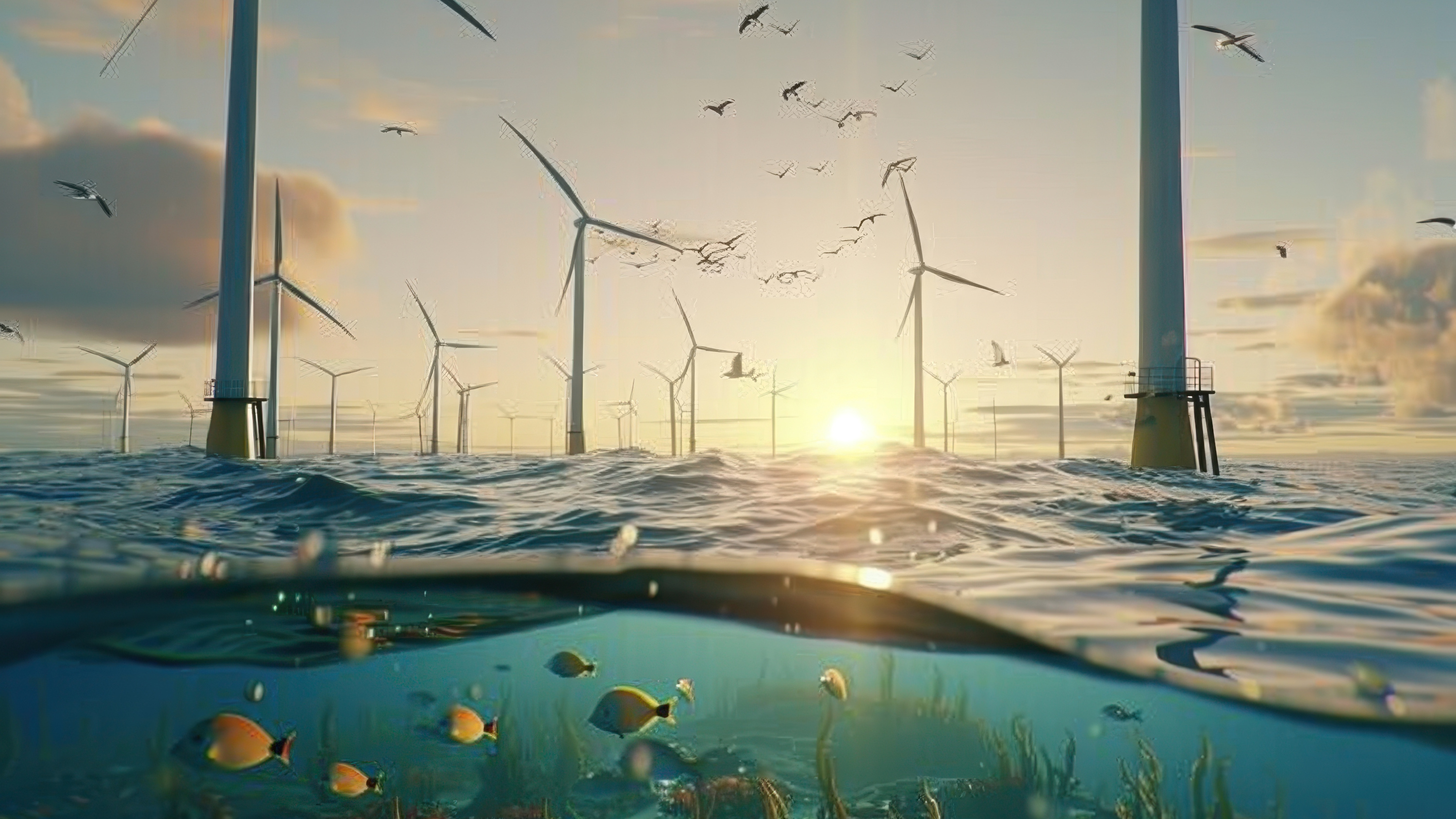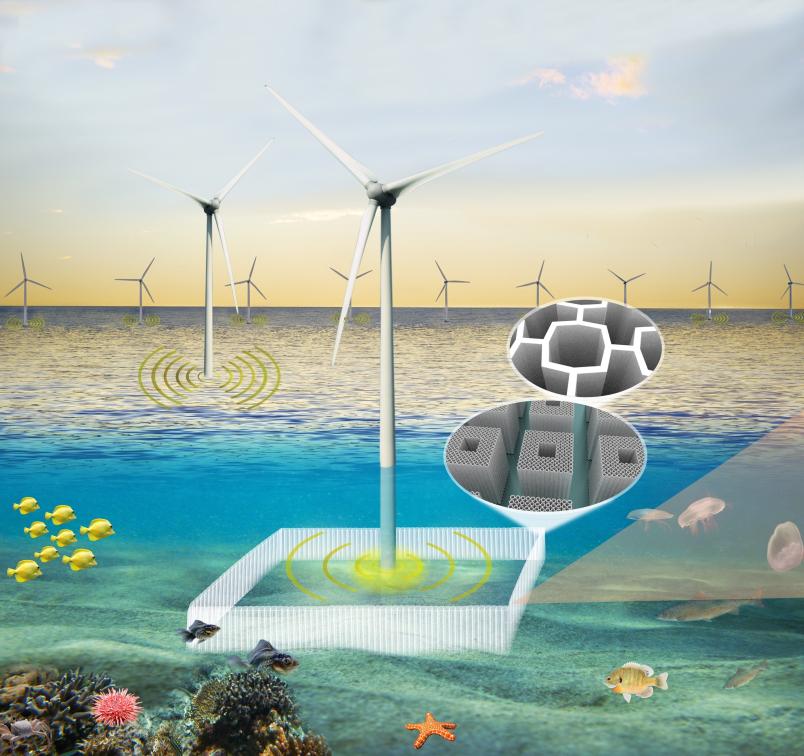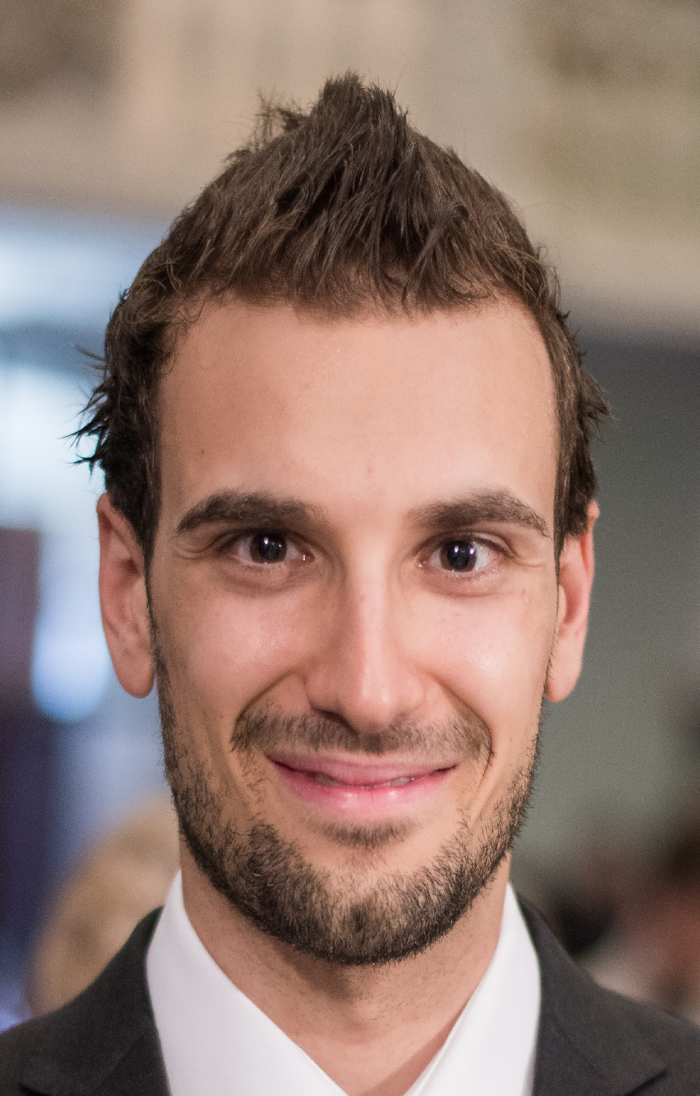
Addressing Noise Pollution in Marine Ecosystems and Beyond: The DREAM Project funded by MUR

Innovative metamaterials to tackle noise pollution in marine and other ecosystems: a promising technological solution to mitigate the impact of noise generated by human activities in marine environments is currently under development within the POSEIDON project - Unconventional principles of underwater wave control in the sub-wavelength regime– funded by the European Research Council through a Starting Grant. This initiative has recently expanded with the launch of the DREAM project – Design of Resilient Engineered Architectured Metamaterials, which started on June 18 and is funded by Italy’s Ministry of University and Research (MUR). With this new effort, the results achieved underwater will be extended to other strategic fields, such as seismology for seismic wave attenuation, and energy harvesting form wave motion.
Marco Miniaci will conduct the research at Politecnico di Torino. As coordinator of POSEIDON project, Miniaci – who took up the position of Professor on June 18 at the Department of Structural, Geotechnical and Building Engineering-DISEG will now also lead the DREAM project, supported by funding from Italy’s MUR. As part of the National Recovery and Resilience Plan (NRRP) – Mission 4 “Education and Research”, Component 2 “From Research to Business”, Investment 1.2 “Funding of Projects Submitted by Young Researchers” – the Ministry launched a call for proposals last April, making available a total of €50 million, with a maximum contribution of €1 million per project.
The initiative, aimed at supporting outstanding projects led by young researchers – including Principal Investigators of ERC Starting Grant projects – seeks to promote the return of highly qualified professionals to Italy; Politecnico di Torino is, to date, the only Italian university to have been awarded this funding.
At the core of the study is the development of mechanical metamaterials – composite materials that exhibit unconventional quasi-static and dynamic properties – capable of controlling deformation and the propagation of waves (both elastic and/or acoustic). The aim is to enhance current technologies for the reduction of underwater noise pollution, a phenomenon that continues to grow due to the increasing intensity of human activities in marine ecosystems, such as the installation of offshore wind farms, wave energy harvesting, and subsea mineral extraction.
Current solutions are generally ineffective, particularly at low frequencies. The main challenge lies in the way sound propagates underwater, where wavelengths are five times longer than those in air, and the fluid’s density (1,000 kg/m³) is comparable to that of the solid materials typically used to construct barriers. These factors necessitate the use of very thick barriers, which can be environmentally invasive.
This is precisely where metamaterials and their unconventional properties come into play. Unlike traditional materials, the quasi-static and dynamic responses of metamaterials depend not so much on their chemical composition, but on their geometric structure, often arranged in regular, repetitive patterns. This “intelligent” architecture enables them, for example, to absorb vibrations, deform in a controlled manner, dampen acoustic or elastic waves, or even exhibit counterintuitive behaviours, such as expanding under compression or bending in the opposite direction of an applied force.
Thanks to these advanced properties, metamaterials make it possible to achieve unprecedented quasi-static and dynamic performance, including, among other benefits, the reduction of soundproofing barrier thickness, both in air and underwater, for a given frequency. The project aims to replace conventional barriers, which can be up to one meter thick, with solutions just a few centimetres in thickness, while maintaining comparable levels of performance.

In addition to underwater applications, metamaterials are also used in the control of elastic vibrations, such as seismic waves. In this context, the new DREAM project aims to explore the use of complex metamaterial architectures to tailor their dynamic properties, while also incorporating mechanical resilience. Specifically, the project introduces the concept of “seismic shields” – devices capable of interacting with and redirecting seismic waves, with the goal of replicating large-scale control of elastic wave propagation. These structures are designed to guide ground deformations during earthquakes, allowing seismic energy to propagate “around” or “through” a building’s foundations, thereby protecting them.
The DREAM project therefore has the potential not only to drive innovation in science – through wave control, advanced sound insulation, and energy absorption – but also to offer concrete solutions to critical societal challenges, such as sustainable energy production, infrastructure resilience, and the reduction of environmental noise pollution.
“We are like dwarfs standing on the shoulders of giants, able to see more and farther than they could, not by virtue of our own sharpness of vision or height, but because we are lifted up and carried by their gigantic stature – commented Professor Miniaci – Every achievement is the result of a shared journey: like dwarfs on the shoulders of giants, we can see farther thanks to the support and inspiration of those who came before us”.
“We are very pleased and enthusiastic to welcome Marco into our Department – added Professor Sebastiano Foti, Head of Department of Structural, Geotechnical and Building Engineering-DISEG – Despite the significant limitations imposed by current conditions, we are committed to fostering generational renewal by investing in young talents. Securing this opportunity to bring back a young researcher, now a full professor in our department, represents a key step in strengthening our presence in international research funding programs, where we are increasingly active, while also expanding into new areas of research”.
Cover image generated by AI